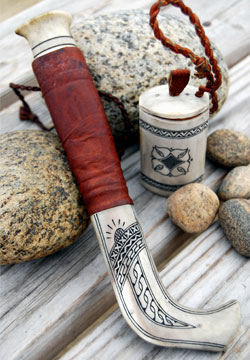
A bit of background about the Sami
The Sami are the indigenous people of Northern Norway, Sweden, Finland and Russia who have traditionally been semi-nomadic reindeer herders and coastal fishers. There are currently between 40 and 70 thousand Sami residing in Norway, of whom about 10 percent still herd reindeer while many others have moved to cities. The reason for the wide variance in population is that the largest number includes any Norwegian with a Sami parent, grandparent or great-grandparent.
Spotlight on indigenous issues
The OCA is calling the program “a year dedicated to indigenous art and thought—which marks a commitment to urgent, contemporary indigenous issues of global importance.”
Curated by Katya García-Antón with Antonio Cataldo, the OCA’s program features an impressive Sami lineup and will wrap up with an exhibition and symposium called ‘Let the River Flow. The Sovereign Will and the Making of a New Worldliness‘ that opens in October 2017.
Featured indigenous artists will include: Norwegian Joar Nango and Canadian Tanya Busse, UK artist and curator Nabil Ahmed, the late Sami poet and artist Áillohaš, Sami joik artist and indigenous rights law professor Ánde Somby, Dáiddadállu/Artists Collective Kautokeino, painter Josef Halse, sculptor Aage Gaup, costume designer and illustrator Berit Marit Hætta, visual artist Keviselie, designer Rannveig Persen, poet and artist Synnøve Persen, textile artist Britta Marakatt-Labba, poster artist and photographer Arvid Sveen and audio-visual artist Elin Mar Øyen Vister, and the indigenous Australian Karrabing Film Collective.
